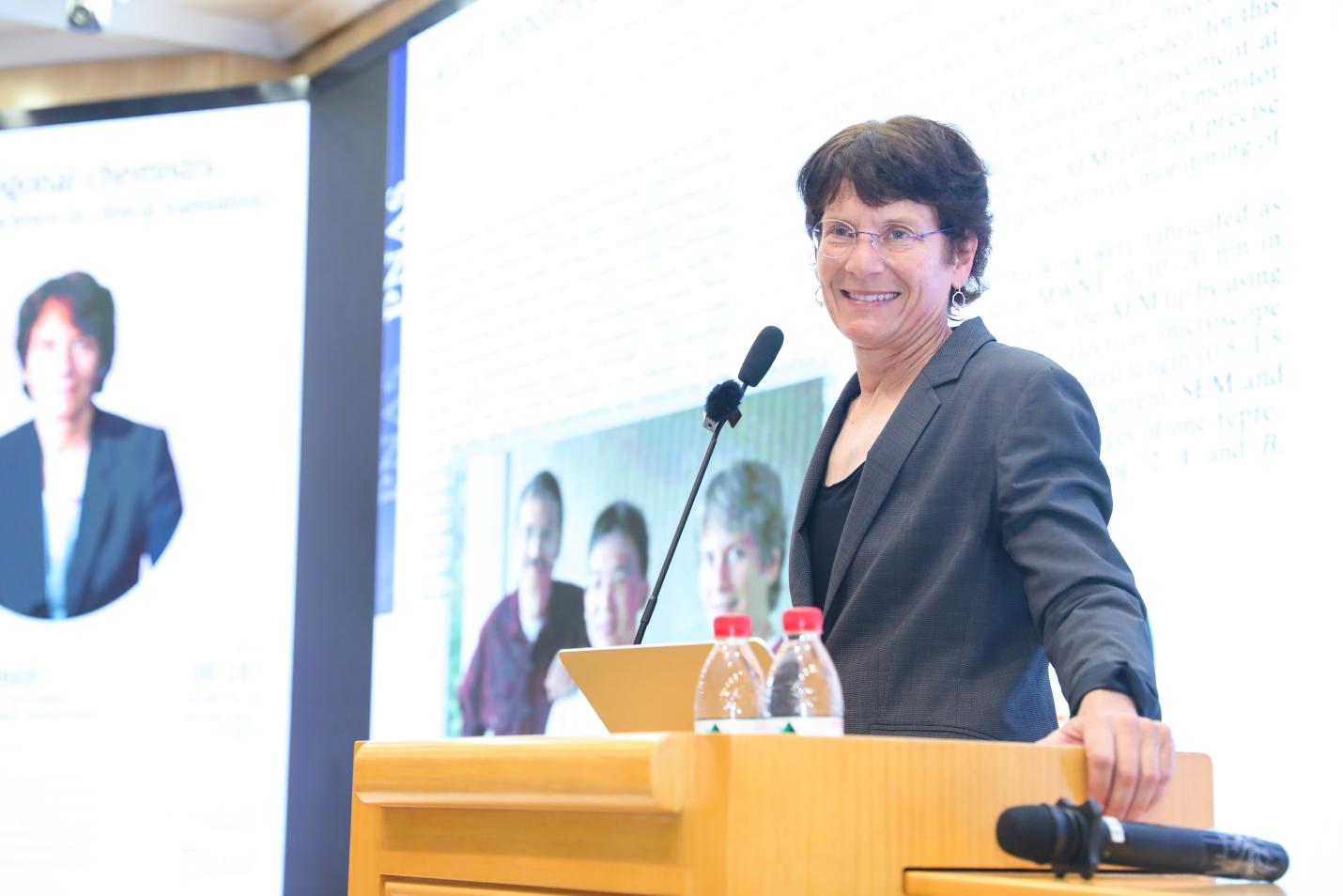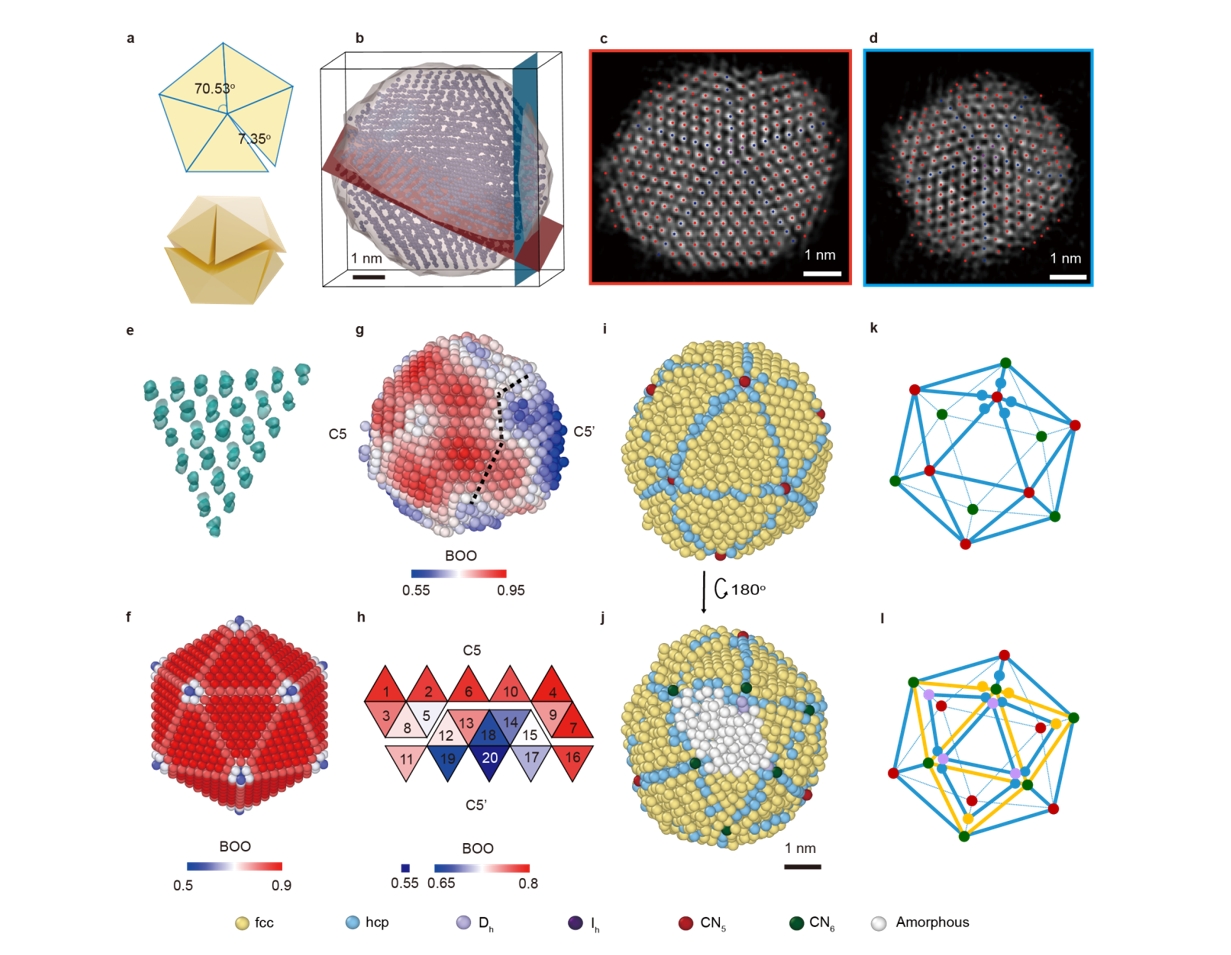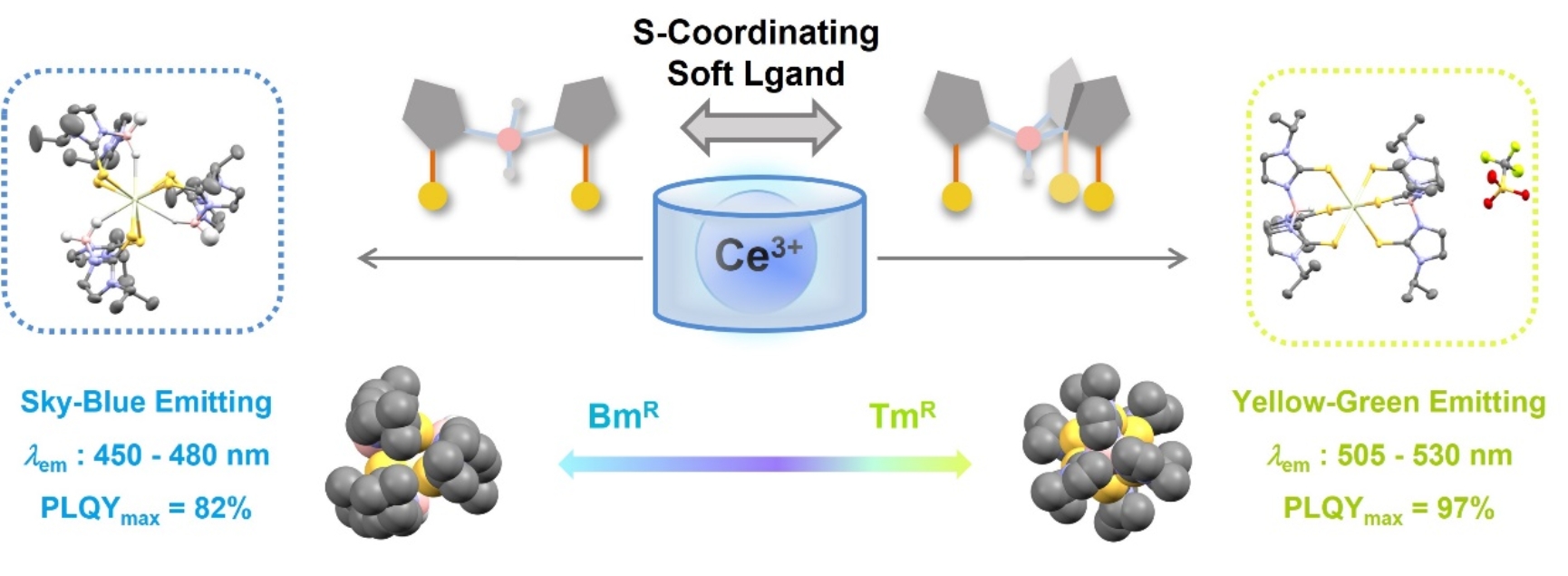
Abstract
Mixed-anion compounds, which contain multiple types of anions, have begun to attract attention as innovative inorganic materials. Compared to conventional inorganic compounds like oxides, mixed-anion compounds can exhibit unique coordination environments and resulting extended structures, potentially leading to fundamentally distinct chemical and physical properties. This talk aims to present the current status, scope, and future prospects of mixed-anion compounds, emphasizing the critical roles of multiple anions in their synthesis, characterization, and properties. Although our understanding of mixed-anion compounds is still evolving, recent studies have uncovered several key features that are inaccessible in traditional single-anion compounds. In this presentation, I will also introduce examples of notable functionalities, including applications in catalysis, batteries, and magnetism, along with important advances in their synthesis [1-8]. For further reading, please refer to [9] for a comprehensive review, [10] for band engineering, and [11] for textbook references.
[1] R. Higuchi et al., J. Am. Chem. Soc.147, 31, 27576–27585 (2025).
[2] Y. Sasahara et al., J. Am. Chem. Soc. 146, 11694-11701 (2024).
[3] M. Namba et al., J. Am. Chem. Soc. 145, 21807-21816 (2023).
[4] Y. Watanabe et al., Sci. Adv. 8, eabm5379 (2022).
[5] Y. Cao et al., Angew. Chem. Int. Ed. 61, e202209187 (2022).
[6] H. Ubukata et al., Sci. Adv. 7, eabf7883 (2021).
[7] S. Gao et al., Nat. Commun. 12, 201 (2021).
[8] Y. Kobayashi et al., Nat. Mater. 11, 507-511 (2012).
[9] H. Kageyama et al., Nat. Commun. 9, 772. (2018).
[10] D. Kato et al., Chem. Sci. 15, 11719-11736 (2024).
[11] “Mixed-anion Compounds”, ed. H. Kageyama et al., RSC, 2024
Biography
Professor Hiroshi Kageyama obtained his Ph.D. from Kyoto University in 1998. He began his academic career as a Research Associate at the Institute for Solid State Physics, University of Tokyo, later becoming an Associate Professor at Kyoto University’s Graduate School of Science, and was promoted to Professor in 2010.
He has received numerous honors and awards, including CerSJ Awards for Academic Achievements in Ceramic Science and Technology, Inoue Prize for Science, and JSPM Award for Advanced Research. He is also an active editor for several leading journals in inorganic chemistry and materials science.
Prof. Kageyama is a solid-state chemists, condensed-matter physicists, and crystallographers. The key objectives of his research include creating new materials and establishing the basic theory of mixed anion compounds. His team aims to develop design concepts and methodologies that will lead to practical applications within the next 10 to 30 years. Additionally, they hope to uncover new chemical and physical functionalities that can address societal needs over the same time frame.





